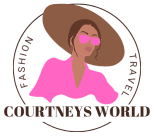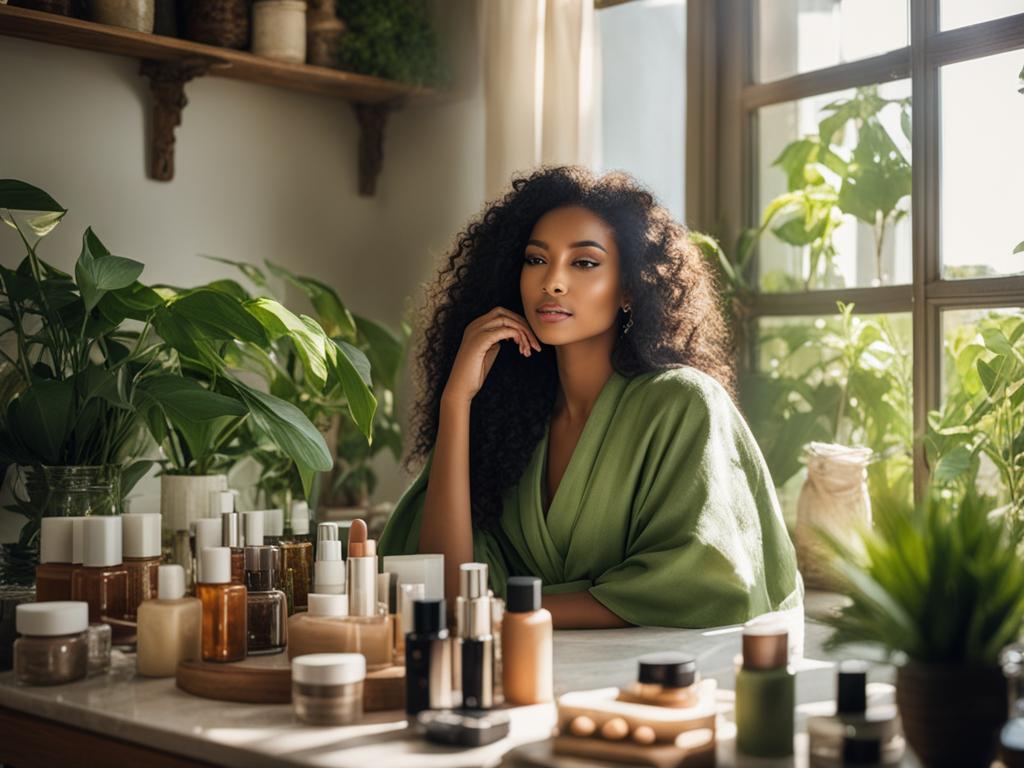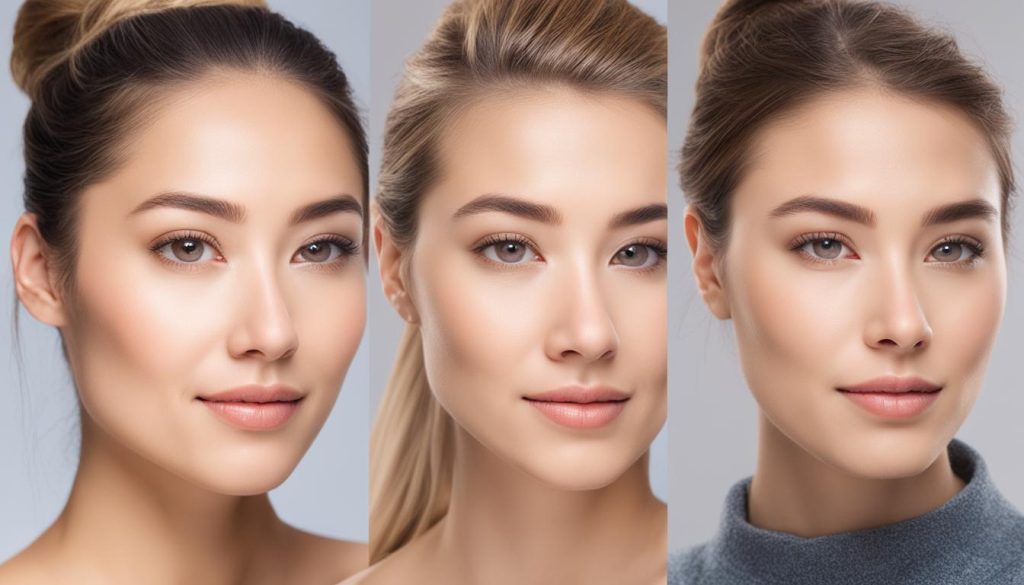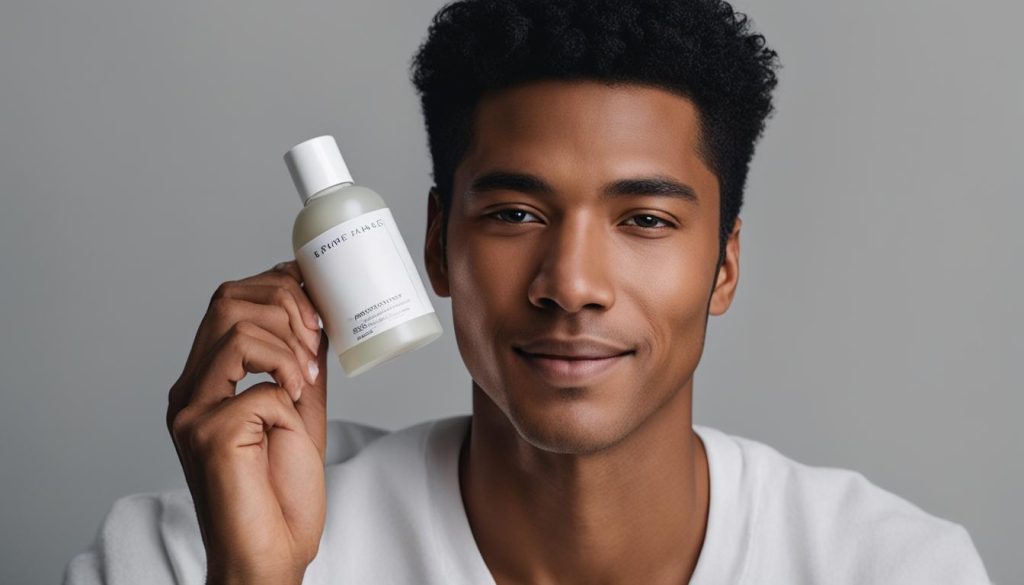Throughout my career in journalism, I’ve closely followed developments in skincare treatments, particularly those targeting the pervasive issue of acne. In my pursuit of effective acne solutions, I discovered that benzoyl peroxide acne treatment stands out for its compelling benefits in combatting blemishes and breakouts. As a trusted skincare ally, benzoyl peroxide has established itself through its ability to halt acne-causing bacteria in its tracks, incorporating a multi-faceted approach to enhancing skin health and clarity. However, awareness of benzoyl peroxide side effects is equally crucial for those integrating this powerful ingredient into their skin regimen.
Recognizing the profound regard for benzoyl peroxide benefits within the skin health community, it’s become apparent that it deserves the spotlight not just as another ingredient but as a cornerstone in modern acne treatment. Join me in unveiling the compelling narrative of benzoyl peroxide and its transformative role in skincare. Through this examination, we can better appreciate its place in our daily routines and the broader context of dermatological care.
Key Takeaways
- Benzoyl Peroxide is an FDA-approved treatment for acne vulgaris.
- This medication has bactericidal activity against acne-causing bacteria without promoting drug resistance.
- Benzoyl Peroxide’s keratolytic effects aid in exfoliation and sebum control, helping prevent acne formation.
- Combining Benzoyl Peroxide with other therapies often increases treatment effectiveness.
- While highly beneficial, users must be informed about potential side effects and the proper application to minimize risks.
Understanding Benzoyl Peroxide and Its Properties
In my pursuit to understand the complexities of skincare treatments, I have become particularly interested in how benzoyl peroxide operates. A mainstay in acne therapy, the versatility of benzoyl peroxide extends its usage from over-the-counter products to prescription-strength formulations, such as benzoyl peroxide creams and gels. Let’s delve into its distinctive properties and how they contribute to its efficacy.
Antibacterial Action Against Acne-Causing Bacteria
One of the cardinal reasons benzoyl peroxide is integral in treating acne is its potent antibacterial activity. When benzoyl peroxide is applied to the skin, it actively targets Cutibacterium acnes, the bacteria primarily responsible for inflammatory acne vulgaris. A remarkable aspect of benzoyl peroxide is its ability to intervene early in the acne formation process by preventing bacterial proliferation. This intervention is crucial because it reduces the potential for acne lesions to develop and signifies the answer to what is benzoyl peroxide used to treat.
Keratolytic Effects and Sebum Reduction
Moreover, benzoyl peroxide is known for its keratolytic effects. By promoting the turnover of skin cells and preventing the hardening of the sebaceous follicle, it helps unclog pores, which is essential in hindering the formation of comedones, the precursors to most acne lesions. Through consistent application of benzoyl peroxide cream or gel, there is a marked decrease in sebum production and free fatty acids on the skin, diminishing the oily environment where acne thrives.
Resistance Prevention in Acne Treatment
A topic of growing concern in the medical field is antibiotic resistance, but remarkably, benzoyl peroxide has an advantage here as well. It does not induce resistance in the acne-causing bacteria, which is a huge plus when considering long-term treatment options for chronic acne sufferers. As a result, benzoyl peroxide remains a stalwart defender against acne, even with extended use.
Comprehensive Guide to Uses for Benzoyl Peroxide
Within the landscape of dermatological treatments, benzoyl peroxide stands out as a beacon for its versatile roles in skin care. As I delve into the uses of this formidable ingredient, it’s clear that the question of what is benzoyl peroxide used for extends well beyond its acclaimed success in acne management. This active ingredient, recognizable for its prowess in the arena of acne treatment, is actually a powerhouse with applications reaching additional skin conditions. Here are some of the diverse uses for benzoyl peroxide that underscore its status in the world of dermatology.
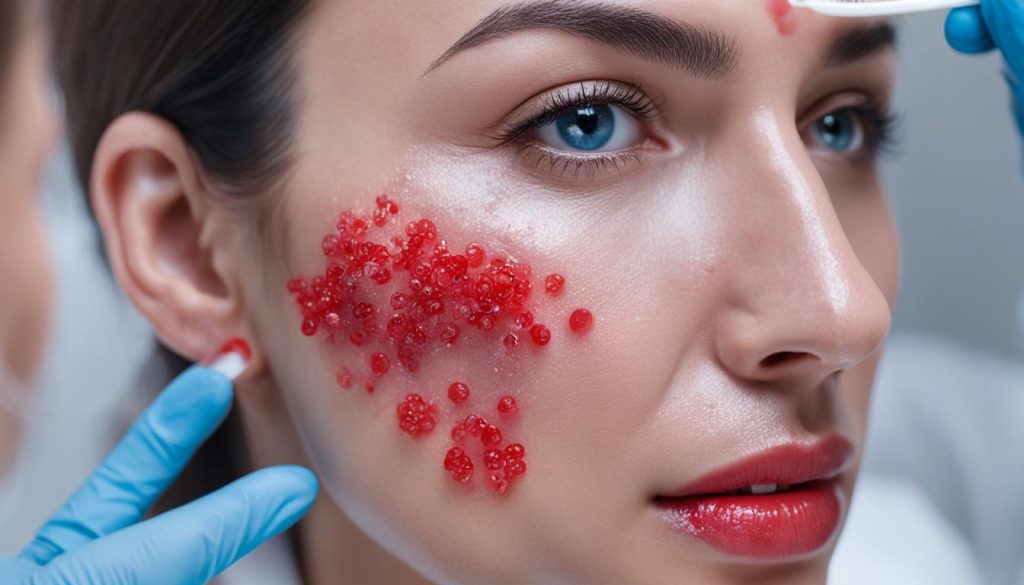
- Acne Vulgaris: Hailed as a cornerstone component for the eradication of acne, benzoyl peroxide effectively reduces the bacterial population on the skin, attacking the very source of what ingredients help with acne.
- Inflammatory Rosacea: Although not its most common use, it has shown promise in addressing the inflammatory components of rosacea, providing relief for many sufferers.
- Folliculitis: From barber’s itch to hot tub rash, benzoyl peroxide tackles various forms of folliculitis by drying out infected hair follicles and reducing inflammation.
- Pseudo-Folliculitis Barbae: A particularly distressing condition often affecting men after shaving, benzoyl peroxide can alleviate this issue through its antibacterial and keratolytic actions.
- Progressive Macular Hypomelanosis: In this perplexing condition that causes hypopigmentation, benzoyl peroxide has shown efficacy, highlighting its versatility beyond what ingredient gets rid of acne.
- Pressure Ulcers: As an adjunctive therapy, it has been used for its antibacterial properties, which help prevent the colonization of bacteria in ulcers.
- Perforating Diseases: Rare but impactful, perforating disorders of the skin can sometimes be managed with the keratolytic properties of benzoyl peroxide.
- Pitted Keratolysis: Odor and skin breakdown from this infection could be mitigated by benzoyl peroxide through its bactericidal effects.
As a passionate advocate for comprehensive skin care, I’m intrigued by the expansive reach of benzoyl peroxide. It truly is a testament to the dynamic nature of dermatological ingredients, which often have hidden capabilities just beneath the surface, ready to be unearthed and applied to various skin maladies. Benzoyl peroxide serves as a multi-functional agent, eager to claim its place in the pantheon of skin health allies. With careful application and under the guidance of a dermatologist, it can be a linchpin in the quest for better skin across a spectrum of conditions.
Optimizing Acne Management with Benzoyl Peroxide
In my quest to unearth effective strategies for acne control, I’ve delved into the significant role benzoyl peroxide plays in treatment regimens. Renowned for its efficacy, benzoyl peroxide provides potent action against both pimples and blackheads, making it an indispensable arsenal in the battle against acne.
Customizing Application According to Acne Severity
My approach involves personalizing the usage of benzoyl peroxide based on the intensity of the acne outbreak. Through extensive research, I discovered the adaptability of this component, which ranges from targeted spot treatments for sudden eruptions to consistent application for more severe cases. Benzoyl peroxide proves to be a reliable ally in mitigating the distress caused by stubborn blemishes.
Combination Therapies: Boosting Effectiveness with Other Acne Treatments
Recognizing the complexity of acne, I advocate for the employment of combination therapies that amplify the benefits of benzoyl peroxide. By uniting this potent ingredient with other treatments such as antibiotics or retinoids, the potential for clearer skin increases exponentially. It’s a multi-front attack on acne that signifies a leap forward in dermatologic care.
What Percent of Benzoyl Peroxide Is Best? Navigating Different Concentrations
The percentage of benzoyl peroxide in treatments can range widely, which prompted me to investigate the most effective concentrations for different acne severities. Whether it’s the gentler 2.5% for those with sensitive skin or the more potent 10% formulations for intractable cases, selecting the appropriate strength is crucial for achieving the desired outcome while minimizing irritation.
The journey to clear skin can be fraught with trial and error, but through informed choices and a tailored regimen, benzoyl peroxide for pimples and blackheads can lead to significant improvements. And, as always, consultation with a dermatologist can fine-tune this approach for individual needs.
The Role of Benzoyl Peroxide in Addressing Various Skincare Concerns
As someone who values comprehensive skincare, I’ve seen how benzoyl peroxide transforms not just acne-prone skin but also tackles a variety of other dermatological issues. My exploration into the uses of this powerhouse ingredient reveals its effectiveness beyond the usual pimples and blackheads.

Tackling Inflammatory Rosacea
While not as well known for this use, benzoyl peroxide has shown promise in soothing the redness and inflammation associated with rosacea. Its antibacterial properties may help decrease the severity of flare-ups, which can often be mistaken for acne but require a different approach.
Treatment of Folliculitis and Pseudo-folliculitis Barbae
In my research, I’ve noticed considerable benefits when using benzoyl peroxide for bacterial folliculitis and pseudo-folliculitis barbae, a condition commonly known as razor bumps. Regular use of a benzoyl peroxide body wash can help alleviate these often painful and unsightly skin problems.
Other Off-label Uses for Benzoyl Peroxide
I’ve also learned of its off-label capabilities, where benzoyl peroxide takes on roles in managing conditions like progressive macular hypomelanosis. This speaks to the versatile nature of benzoyl peroxide as an integral component in at-home skincare regimens.
- For daily maintenance and prevention, incorporating a benzoyl peroxide face wash into your routine can help keep skin clear and reduce the likelihood of acne outbreaks.
- Those struggling with body acne can benefit from a benzoyl peroxide body wash, which targets breakouts on the back, chest, and shoulders.
- For targeted treatment or spot application, choosing products like gels or creams with benzoyl peroxide can aid in rapidly reducing inflammation and pimple size.
So, whether it’s for a persistent case of acne or other skin maladies, I’m constantly reminded of the breadth of applications for benzoyl peroxide in both preventative and restorative skin health.
Application Techniques for Benzoyl Peroxide Solutions
As someone who has navigated the complexities of skincare, I understand how essential it is to know how to apply benzoyl peroxide correctly. It’s a game-changer for acne treatment but requires precise techniques for optimal results.
Correct Usage of Different Benzoyl Peroxide Preparations
Each formulation, be it lotion, cream, gel, or foam, comes with distinct recommendations. How to use benzoyl peroxide varies, from applying a thin layer to affected areas for creams and lotions, to spot-treating with gels. My routine involves reading labels carefully to adhere to the advised frequencies, whether it’s every other day or as part of my nightly regimen.
Pre-Application Skin Cleaning Recommendations
- Begin with a gentle cleanser to remove impurities and excess oil.
- Pat the skin dry; never rub, as this can exacerbate acne.
- Give your skin a few minutes to dry completely before applying benzoyl peroxide.
Best Practices for Applying Benzoyl Peroxide Safely
- Start with a lower concentration to assess skin tolerance.
- Apply a small amount using clean fingertips, avoiding the eyes and lips.
- Initially limit the use to once daily, increasing frequency as your skin adjusts.
- Always moisturize afterwards to mitigate dryness, a common side effect.
In my personal experience, understanding what can you use benzoyl peroxide with is key to a successful routine. I always consult a dermatologist when considering additional treatments or integrating new products to prevent adverse reactions.
Potential Side Effects and Contraindications of Benzoyl Peroxide
In my research and experience with benzoyl peroxide, I’ve become familiar with its various dermatological applications and the accompanying need to be cognizant of its side effects and contraindications. While touted for its efficacious treatment of acne, it is imperative to acknowledge that there are instances where benzoyl peroxide might not be the ideal solution for everyone, requiring users and medical professionals to exercise caution.
Identifying and Controlling Common Adverse Effects
When it comes to benzoyl peroxide side effects, it’s not surprising to encounter skin dryness, erythema, or scaling, especially at higher concentrations. I advise starting with lower concentrations and gradually increasing them as necessary to mitigate these concerns. It’s also important to monitor for signs of contact dermatitis, which can develop in more sensitive individuals. If any allergic reactions or severe irritation occurs, discontinue use immediately and consult a healthcare provider.
Contraindications: When to Avoid Using Benzoyl Peroxide
Contraindications mainly involve known hypersensitivities to benzoyl peroxide. Individuals who’ve previously experienced adverse reactions should abstain from its use. Benzoyl peroxide precautions include avoiding application on mucous membranes, cuts, or abrasions to prevent intense irritation that could exacerbate the problem rather than alleviate it. It’s always prudent to adhere to specific guidance provided by skincare professionals when using such active ingredients in your regimen.
Recommendations for Sensitive Populations: Children, Pregnant, and Breast-feeding Individuals
Particular attention must be given to sensitive populations such as children, pregnant women, and nursing mothers due to the potential for benzoyl peroxide sensitivity. Although minimal systemic absorption of benzoyl peroxide is generally considered safe for these groups, I always recommend proceeding with caution and seeking advice from a medical professional before integrating it into any skincare treatment plan. The health and safety of these individuals must remain a top priority when selecting the appropriate skincare interventions.
FAQ
What Are the Benefits of Using Benzoyl Peroxide for Acne Treatment?
Benzoyl peroxide is highly effective at reducing acne due to its antibacterial action against acne-causing bacteria, keratolytic effects that help in exfoliating the skin, and its ability to reduce sebum production. It helps prevent the formation of comedones and may reduce the inflammation associated with acne.
Can Benzoyl Peroxide Cause Any Side Effects?
While benzoyl peroxide is generally safe, common side effects include skin dryness, erythema, and scaling, especially at higher concentrations. In rarer cases, it may cause contact dermatitis. Always use as directed and consult with a healthcare provider if you have concerns about side effects.
How Does Benzoyl Peroxide Work to Treat Acne?
Benzoyl peroxide works by killing Cutibacterium acnes, the bacteria responsible for acne vulgaris. It releases oxygen free radicals that oxidize bacterial proteins, leading to a reduction in bacterial prevalence. It also has a mild drying and peeling effect, which can help to clear blocked pores.
What Are the Different Uses for Benzoyl Peroxide?
Beyond treating acne vulgaris, benzoyl peroxide is used off-label for a variety of skin conditions including rosacea, folliculitis, pseudo-folliculitis barbae, progressive macular hypomelanosis, and more. It’s a multifaceted treatment in the dermatological field.
When Should Benzoyl Peroxide Be Used in a Skincare Routine?
Benzoyl peroxide can be used at different times in a skincare routine, typically after cleansing the skin. Morning or nighttime use depends on the product’s formulation and the individual’s skin sensitivity. It may be advised to start with nighttime applications to gauge skin sensitivity, and always follow specific product instructions and medical advice.
What’s the Difference Between Benzoyl Peroxide and Salicylic Acid?
The main difference lies in their mechanisms of action. Benzoyl peroxide is antibacterial and helps to reduce the bacteria that cause acne, whereas salicylic acid is a beta-hydroxy acid that works by exfoliating the inner walls of the pores to reduce clogging. Salicylic acid is also anti-inflammatory. Each is effective, and some skincare professionals recommend using them together for a more comprehensive acne treatment.
What Percent of Benzoyl Peroxide Is Best?
The best percentage of benzoyl peroxide varies depending on individual skin type and acne severity. Over-the-counter products typically contain 2.5% to 10%. Studies suggest that lower concentrations (such as 2.5%) are just as effective as higher concentrations for many people but with less irritation. It’s important to start with the lowest concentration to see how your skin reacts.
What Forms of Acne Does Benzoyl Peroxide Treat Most Effectively?
Benzoyl peroxide is most effective for inflammatory acne, such as pustules and cysts, because of its ability to kill bacteria and reduce inflammation. It is also somewhat effective for non-inflammatory acne like blackheads and whiteheads due to its keratolytic properties.
Can Benzoyl Peroxide Be Used With Other Acne Treatments?
Yes, it is often used in combination with other acne treatments such as topical retinoids or antibiotics for enhanced effectiveness. However, it’s important to consult a dermatologist before combining treatments to avoid possible over-irritation or adverse interactions.
Are There Recommended Application Techniques for Benzoyl Peroxide to Maximize Its Efficacy?
Yes, for maximum efficacy, it is recommended to apply benzoyl peroxide to clean, dry skin to prevent irritation and enhance product absorption. Depending on the product form (gel, cream, wash), follow the specific instructions provided. It is typically applied once or twice daily, and the amount should be no more than a pea-size for the entire face.
How Can I Avoid Side Effects When Using Benzoyl Peroxide?
To avoid side effects, start with a low concentration and gradually increase as your skin acclimates. Apply the product sparingly, and use non-comedogenic, fragrance-free moisturizers to counteract dryness. Use sunscreen to protect the skin, as benzoyl peroxide can increase sensitivity to the sun.
Is It Safe for Pregnant or Breastfeeding Women to Use Benzoyl Peroxide?
Benzoyl peroxide is classified as pregnancy category C by the FDA, which means risk cannot be ruled out. While it is minimally absorbed through the skin, pregnant or breastfeeding women should consult a healthcare provider before using benzoyl peroxide or any acne medication.
